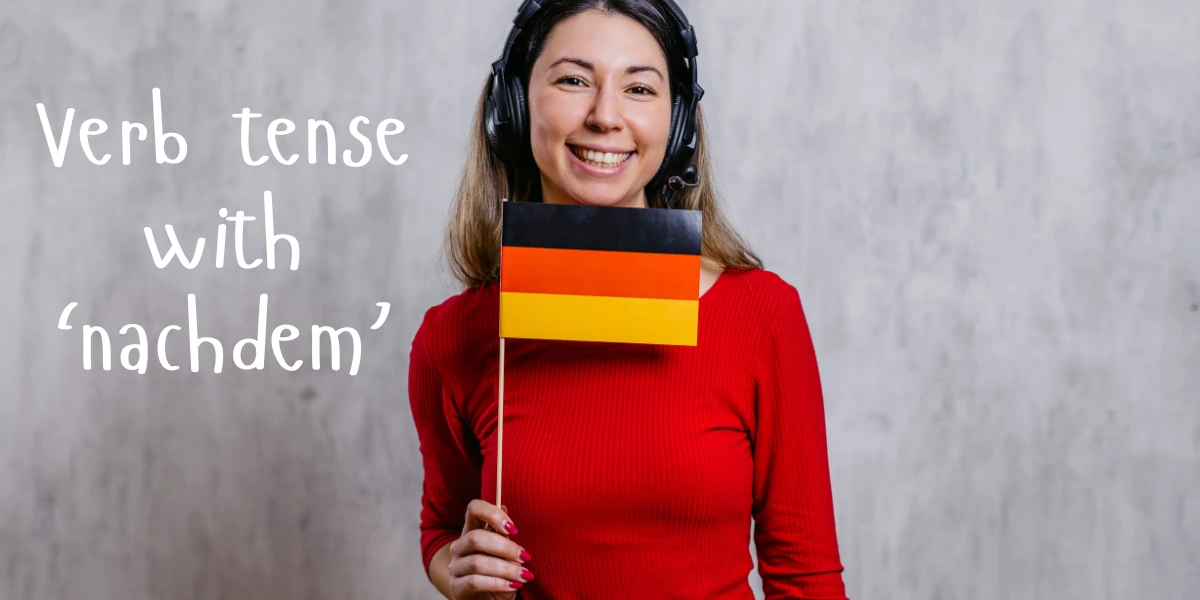Hallo zusammen! 👋
Today, we are going to answer a question that is a bit advanced for German learners: What verb tense should we use with nachdem?
This blog will help you understand the correct usage of tenses with this conjunction in German. 📚📝
Explanation:
First of all, nachdem translates to after in English.
We usually use nachdem in German to talk about two events that happened in sequence, both in the past.
It is similar to the past perfect tense in English.
For example:
Nachdem er gegessen hatte, ging er spazieren. (After he had eaten, he went for a walk.)
Here, the event of eating is in the Plusquamperfekt (past perfect), while the event of going for a walk is in the Präteritum (simple past).
But keep in mind that, unlike in English, in German, it’s not always strictly necessary to use the Plusquamperfekt (past perfect) in the nachdem clause.
It is not uncommon to use the Präteritum (simple past) in both clauses, especially in more informal contexts.
For example:
Nachdem er aß, ging er spazieren. (After he ate, he went for a walk.)
Finally, please note that nachdem can be used in the present and future tenses, not only the past tenses, but the past tenses are the most common ones.
Summary:
To use nachdem correctly:
- Generally, use Plusquamperfekt (past perfect) for the action that happened first, and Präteritum (simple past) for the subsequent action.
- In informal contexts, it is also acceptable to use Präteritum in both clauses.
- Remember, nachdem can also be used in the present and future tenses.
Extra Examples:
Here are some extra examples to help you practice:
- Nachdem sie angekommen war, begannen wir das Essen.
(After she had arrived, we started eating.) – Using Plusquamperfekt and Präteritum. - Nachdem er das Buch gelesen hatte, schaute er den Film.
(After he had read the book, he watched the film.) – Using Plusquamperfekt and Präteritum.
To reinforce what you’ve just read, check out our engaging video below! 🎥👇

